Search Images
Browse Content (p. 778)
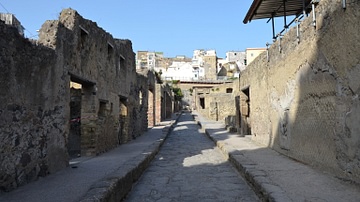
Image
Cardo III at Herculaneum
View of Cardo III at the Archaeological Park of Herculaneum, Italy. The site is divided into three parallel streets running north-south (Cardo III, IV, and V) which have upper and lower segments (superiore and inferiore).
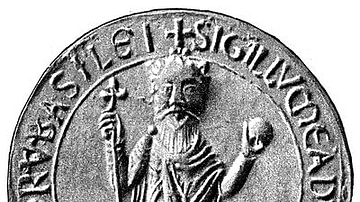
Image
Seal of Edward the Confessor
The seal of Edward the Confessor, king of England from 1042 to 1066 CE. (Image taken from: Samuel R. Gardiner, A Student's History of England (1915), Longmans, Green & Co., vol. 1, p. 86.)
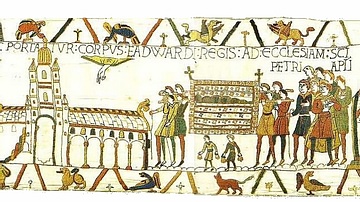
Image
Funeral of Edward the Confessor, Bayeux Tapestry
A depiction on the Bayeux Tapestry (1067-1079 CE) of the funeral of Edward the Confessor, king of England from 1042 to 1066 CE. The building is Westminster Abbey, which Edward founded. (Centre Guillaume le Conquérant, Bayeux, France)
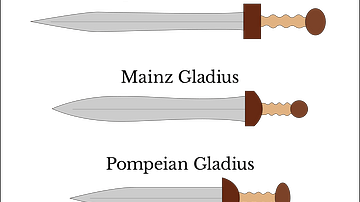
Image
Different Types of Roman Gladius Swords
This image shows the different major types of Roman gladius hispaniensis, the most well-known sword of the Roman army. The image shows the following gladius types:
- Republican Gladius
- Mainz Gladius
- Pompeian Gladius
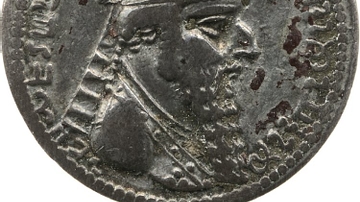
Image
Coin of Ardashir I
Silver coin of Ardashir I (r. 224-240 CE)
Minted in Ctesiphon, Sassanian Empire.
British Museum
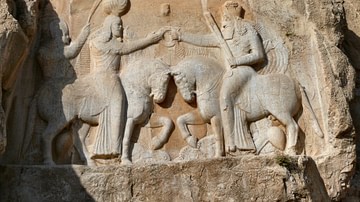
Image
Ardashir I
Rock relief of Ardashir I (r. 224-240 CE). Naqsh-e Rostam.
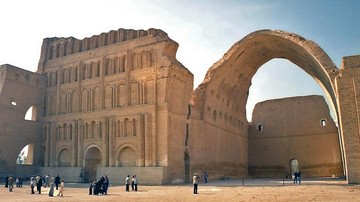
Image
Standing Arch at Ctesiphon
The great standing arch of Taq Kasra at Ctesiphon may have been constructed under Shapur I (r. 240-270 CE) along the lines of the vision of his father, Ardashir I (r. 224-240 CE).
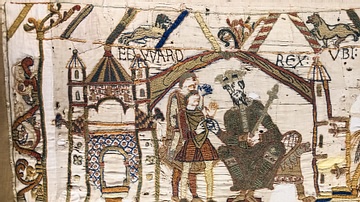
Image
Edward the Confessor, Bayeux Tapestry
Edward the Confessor (r. 1042-1066 CE) with Harold Godwinson (left), from the Bayeux Tapestry (1067-1079 CE). (Centre Guillaume le Conquérant, Bayeux, France)
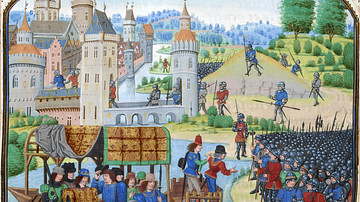
Image
Richard II & the Peasants' Revolt
A 15th century CE medieval manuscript illustration showing Richard II of England (r. 1377-1399 CE) meeting the rebels of the 1381 CE Peasants' Revolt in London. (National Library of France, Paris)
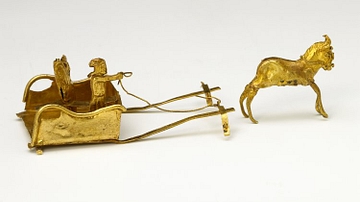
Image
Incomplete Model Chariot
Incomplete model chariot from the Oxus Treasure.
Achaemenid Period (550-330 BCE)
British Museum